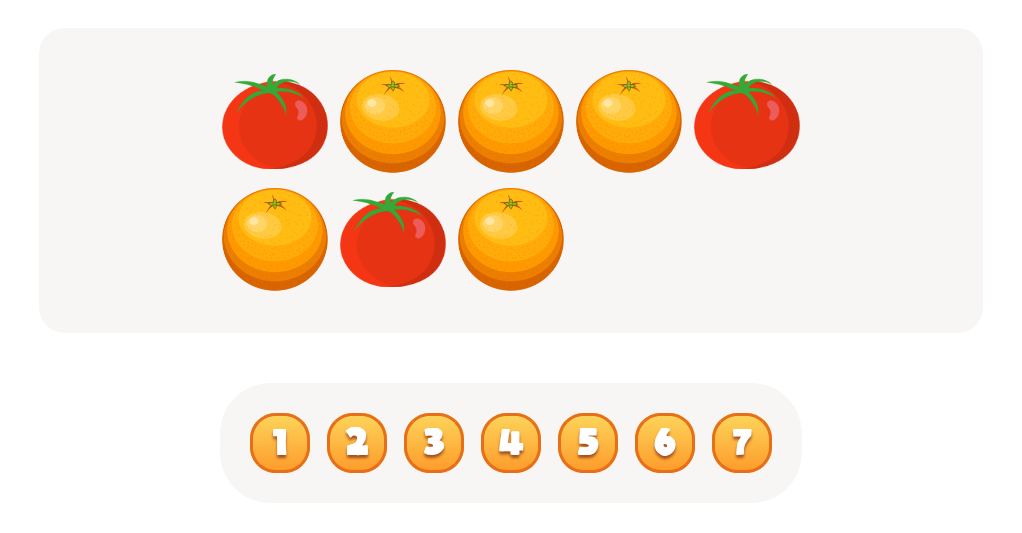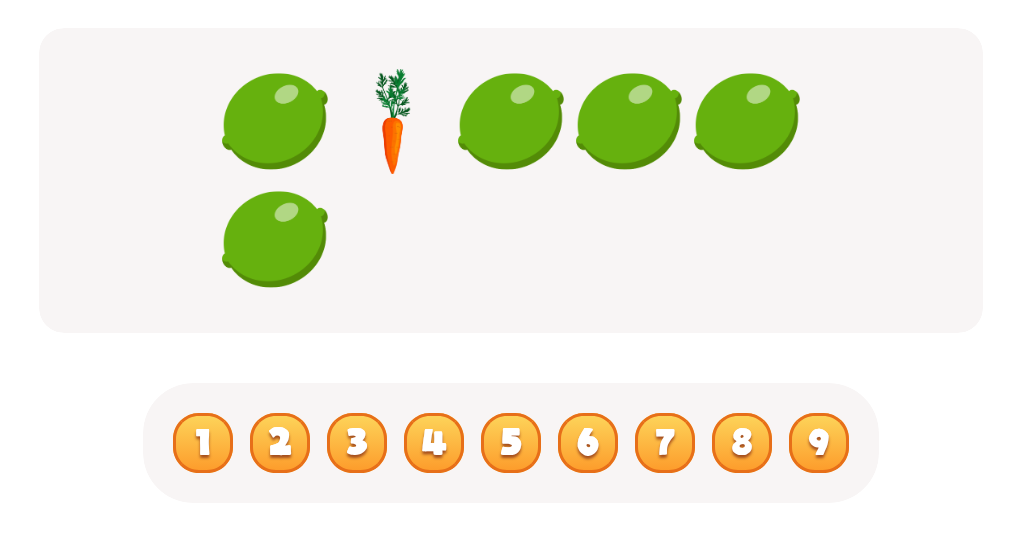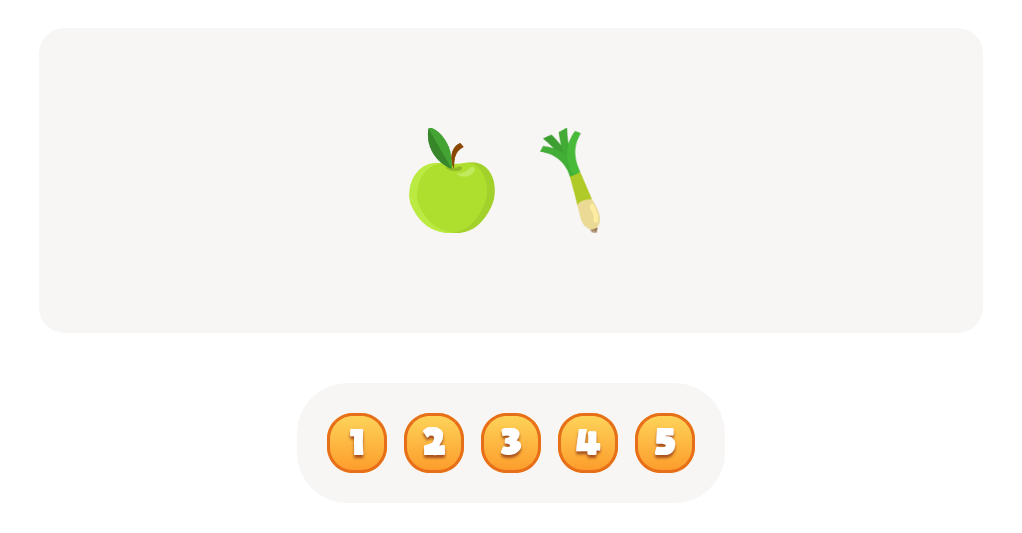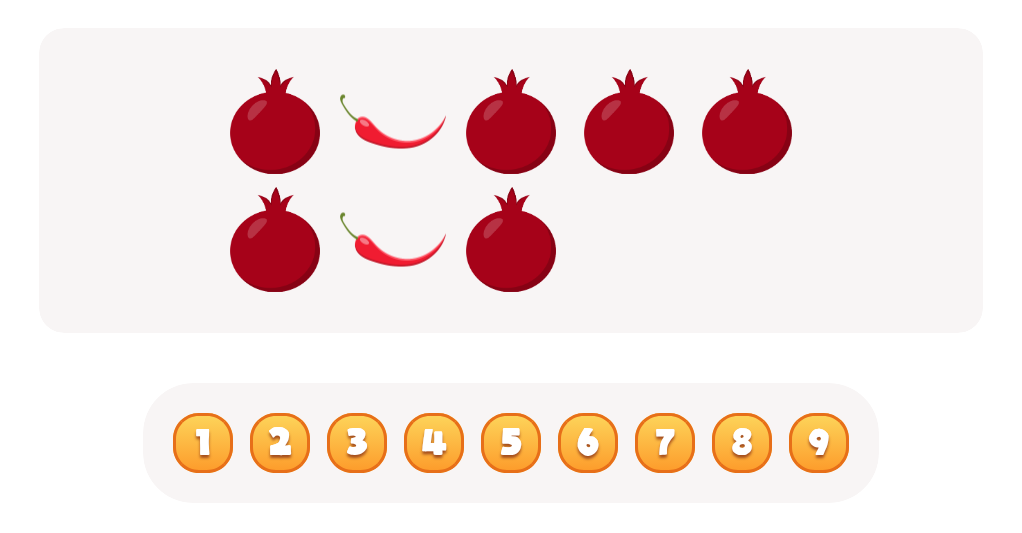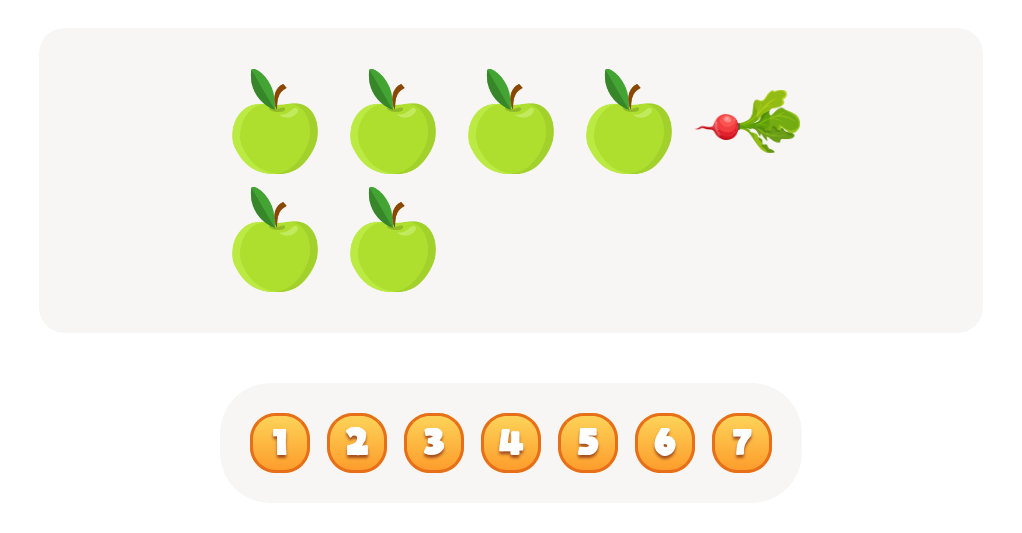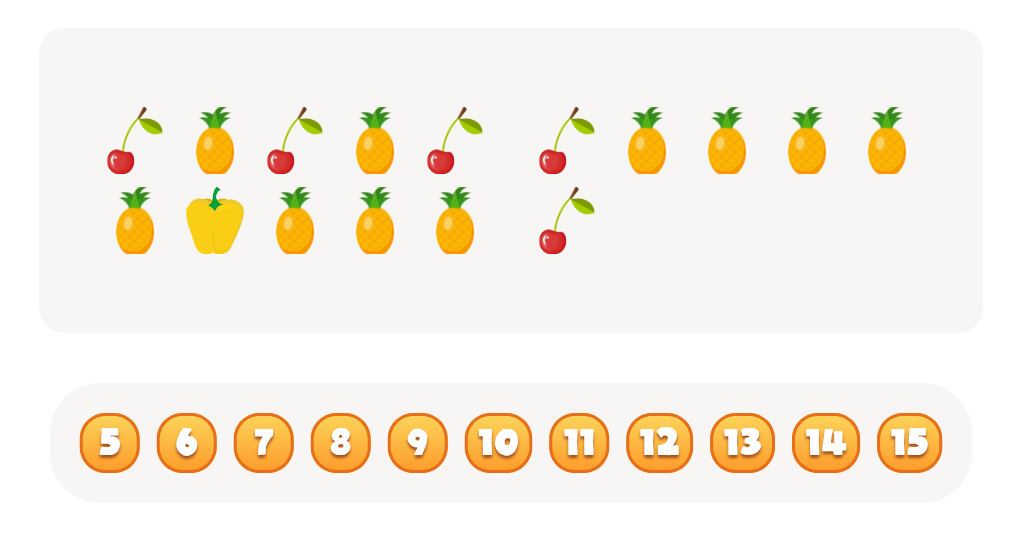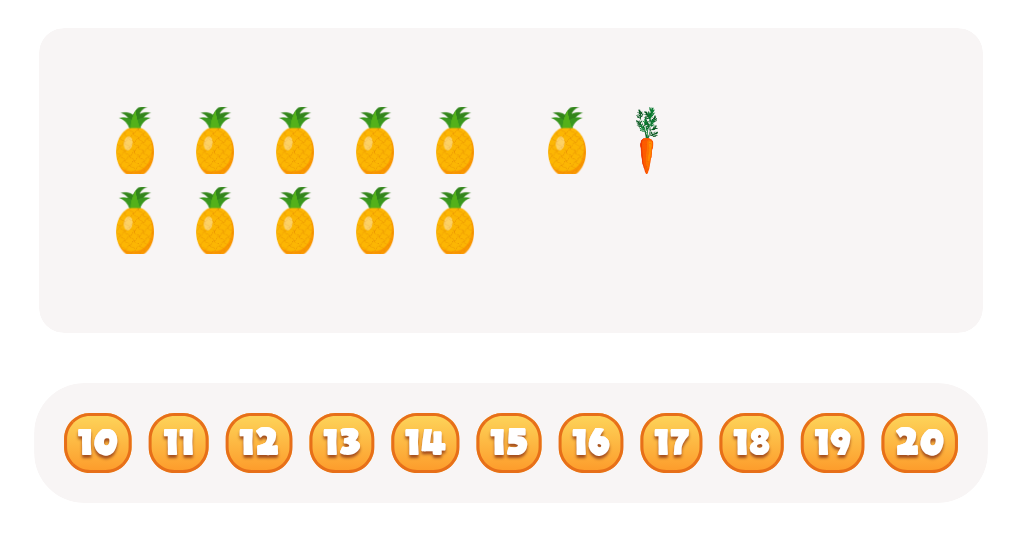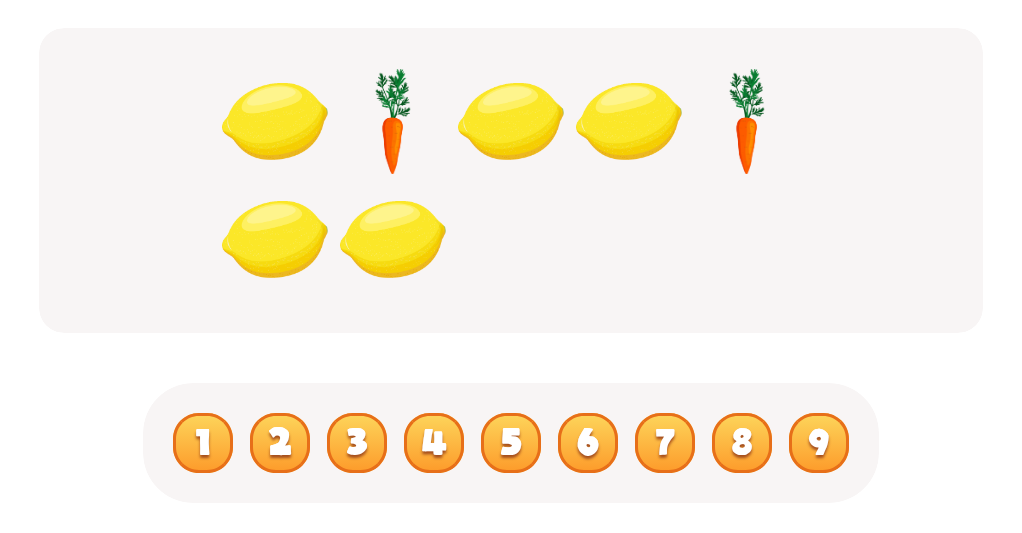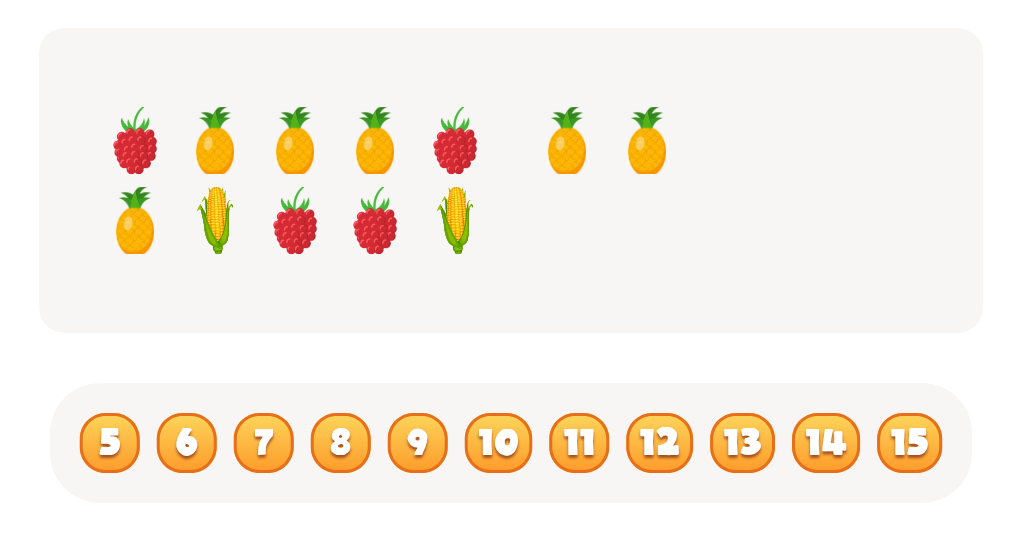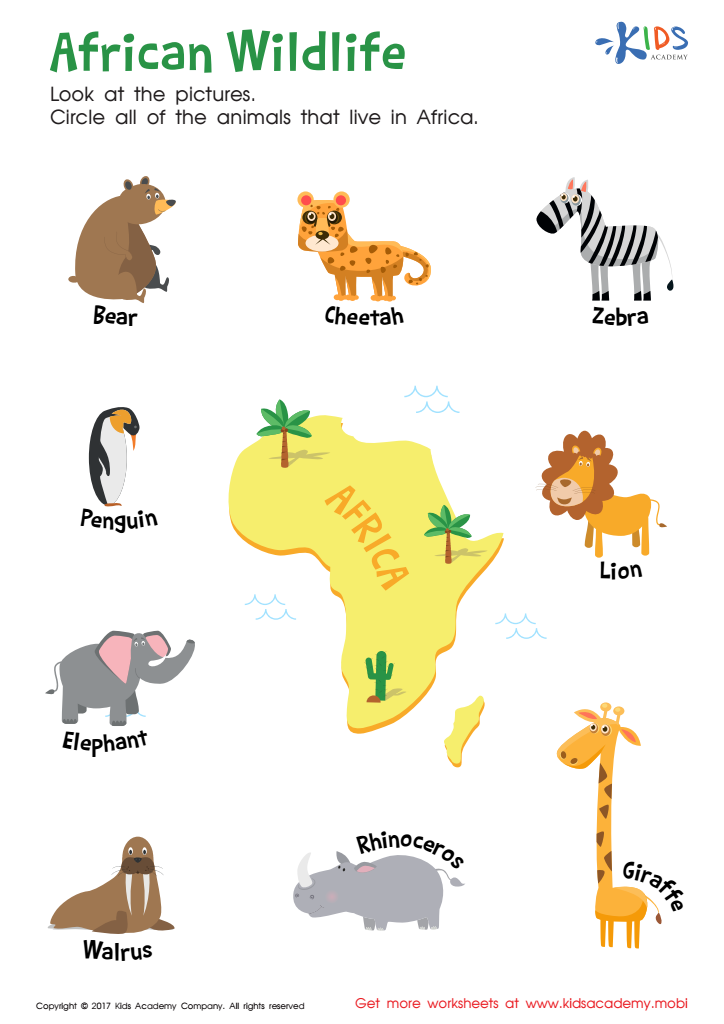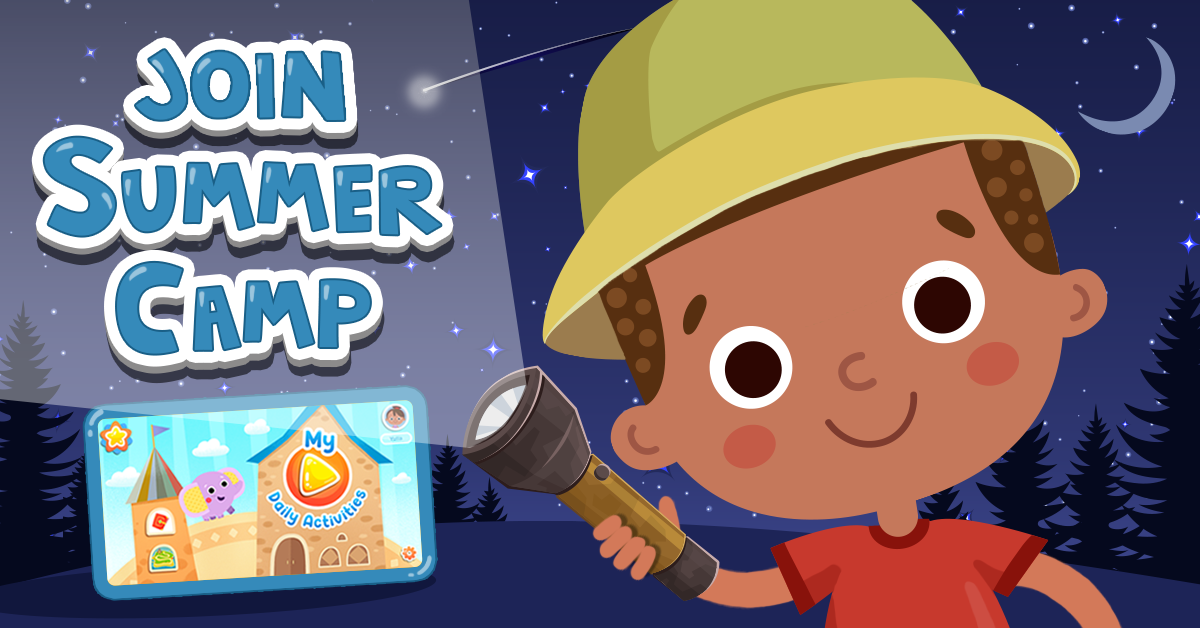Animal recognition Plants and Animals Worksheets for Ages 5-9
6 filtered results
-
From - To
Welcome to our "Animal Recognition Plants and Animals Worksheets" designed specifically for children aged 5-9. These engaging worksheets encourage young learners to explore the fascinating world of animals and their habitats. Creative, colorful activities foster observation skills as children identify various animals and differentiate them from plants. Each worksheet offers a hands-on, interactive approach, making learning enjoyable and effective. Encourage your child's natural curiosity and enhance their scientific understanding while developing fine motor skills through interactive exercises. Perfect for classrooms or home learning, these worksheets are a fantastic resource to spark interest in nature and wildlife. Start your adventure today!
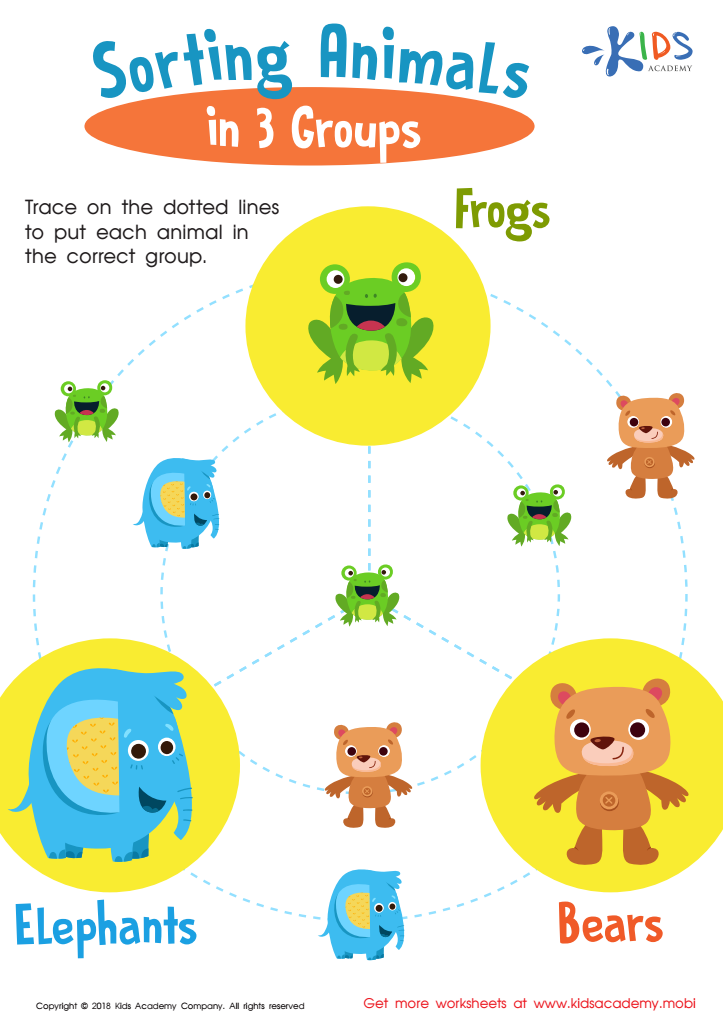

Sorting Animals in 3 Groups Worksheet
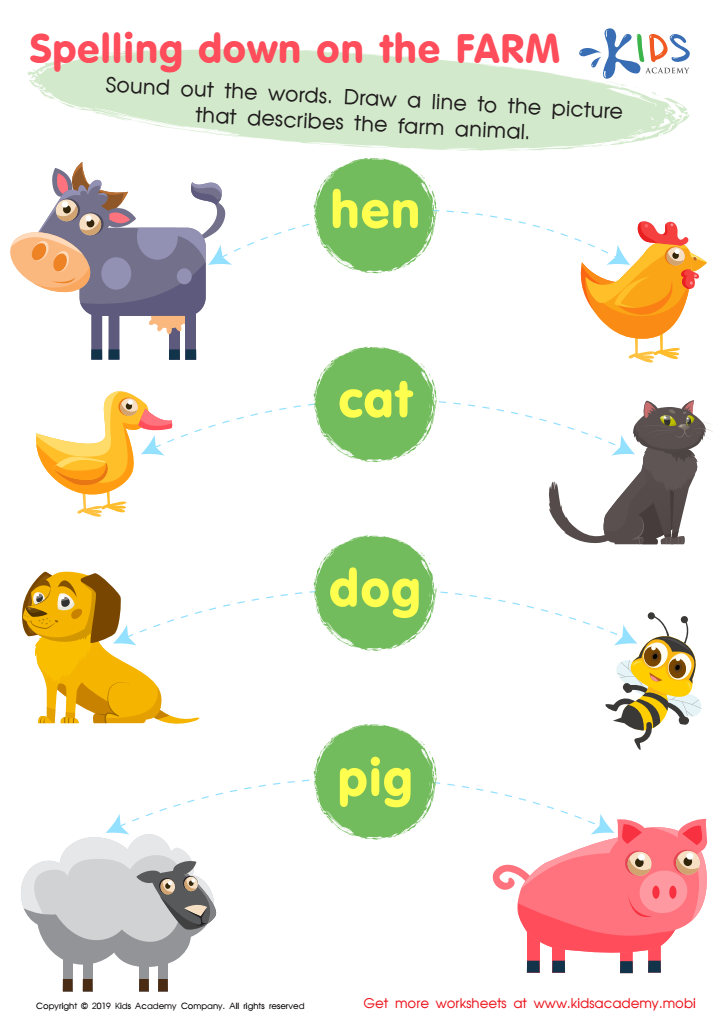

Spelling Down on the Farm Worksheet
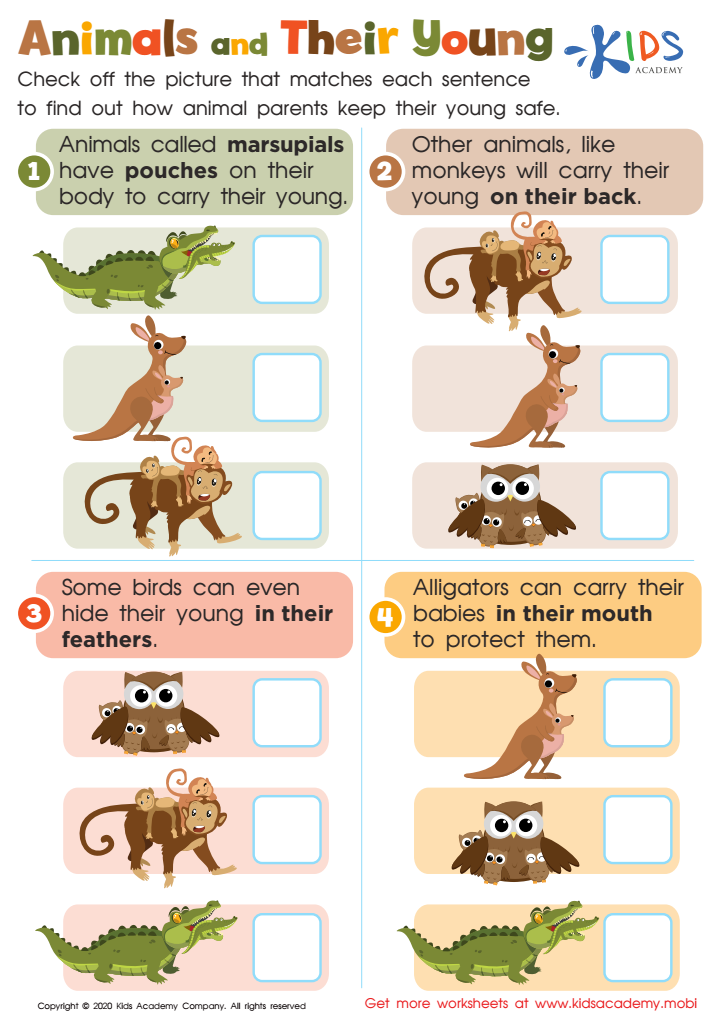

Animals and Their Young Worksheet
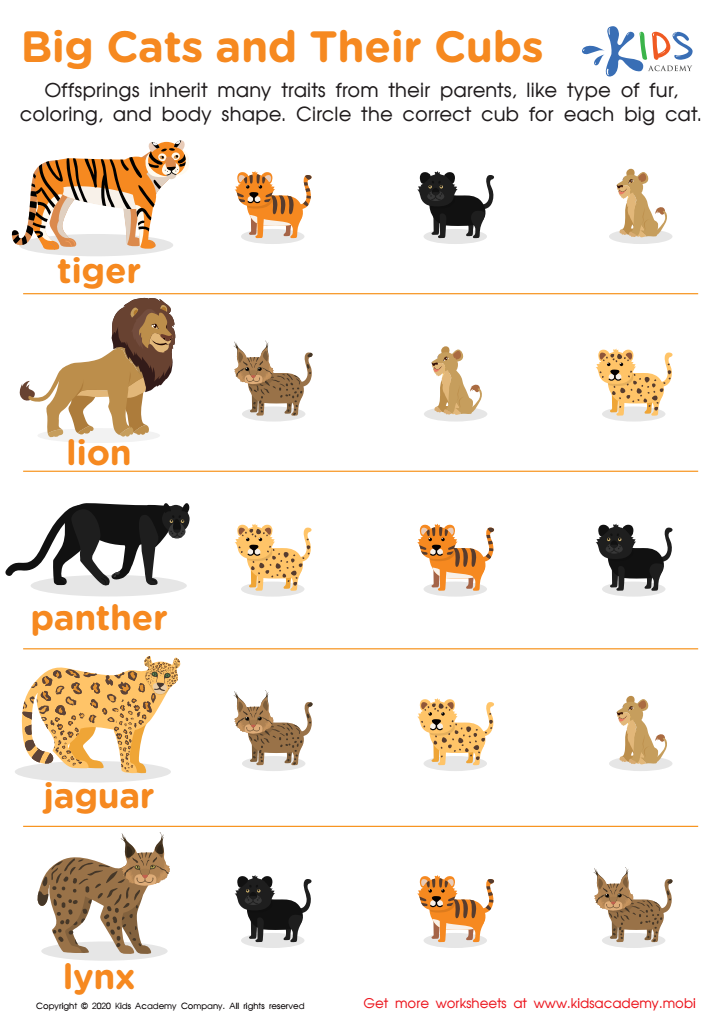

Big Cats and Their Cubs Worksheet
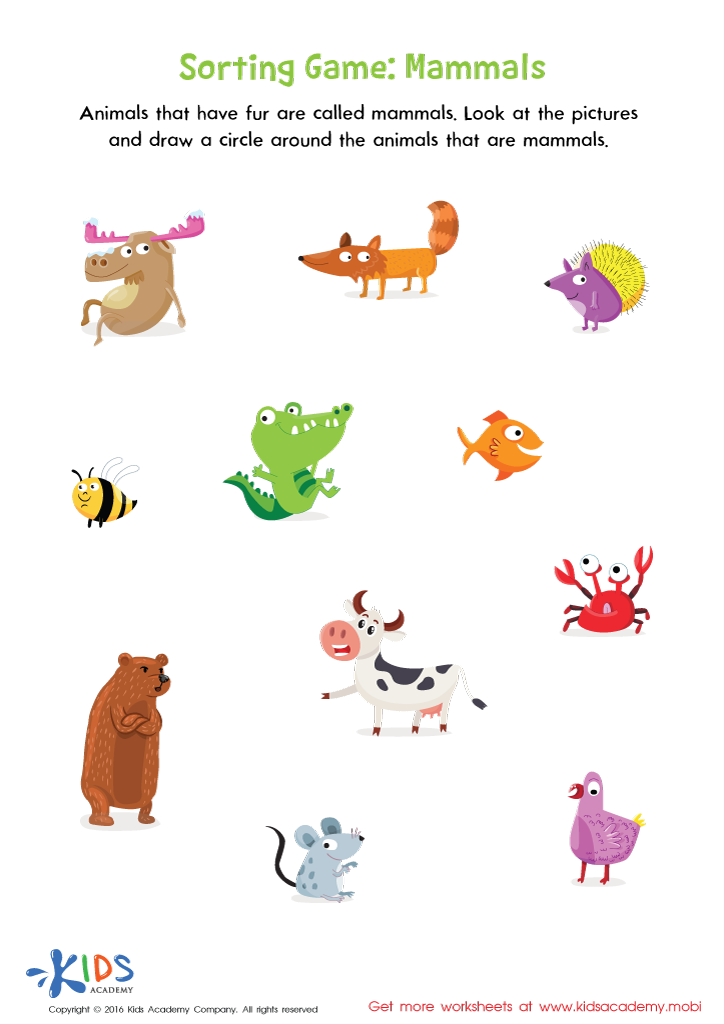

Mammals Sorting Worksheet
Parents and teachers should care about animal and plant recognition for children ages 5-9 because it lays the foundation for a deep appreciation of nature and promotes essential cognitive and emotional development. At this age, children are naturally curious and eager to learn about the world around them. Teaching them to recognize various animals and plants helps to cultivate their observational skills and enhances their understanding of ecosystems, thus fostering a sense of environmental stewardship.
Furthermore, learning about plants and animals encourages critical thinking and inquiry. Children asked to identify characteristics and habitats of different species develop their classification skills and learn about biodiversity and the environment. This knowledge can spark a lifelong interest in science and outdoor exploration.
Additionally, connecting with nature has proven benefits for children's well-being, including reduced stress and improved concentration. By enabling children to engage with both flora and fauna, parents and teachers also promote empathy, as they learn to understand the roles different organisms play in their ecosystems. Ultimately, recognizing animals and plants supports holistic learning, integrates various subjects such as science, art, and language, and helps children develop a compassionate worldview rooted in respect for all living beings.

 Assign to My Students
Assign to My Students

